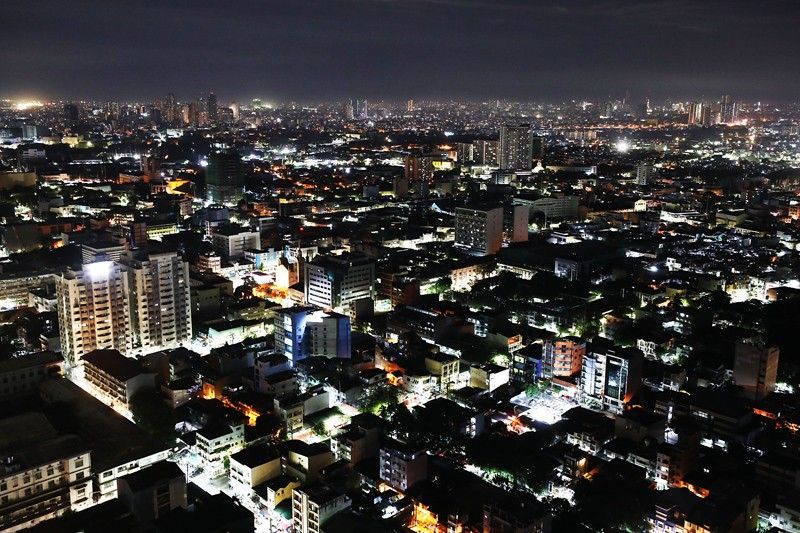DOH warns vs further easing Metro Manila quarantine

MANILA, Philippines — Caution against immediately relaxing the quarantine in Metro Manila was raised yesterday by the Department of Health (DOH), saying an “improving situation” is not a signal for complacency.
Health Undersecretary Maria Rosario Vergeire said the monitoring of COVID-19 cases in the National Capital Region (NCR) has shown both “good indications” on the one hand and a “clustering of cases” on the other.
“We need to see that, on one hand, there are places here in Metro Manila where a clustering or rise in cases has been observed,” Vergeire said in Filipino at the latest “Laging Handa” public briefing.
As such, easing up to a modified general community quarantine (MGCQ) in Metro Manila should require careful study by the Inter-Agency Task Force for the Management of Emerging Infectious Disease (IATF), she said.
“While there are good indications, this has to be balanced out when the IATF makes a decision,” Vergeire said, referring to IATF’s recommendation on the quarantine status in Metro Manila by Oct. 1.
The IATF’s recommendation, she said, will be based on all indicators such as the capacity of the health system and case and mortality doubling time.
From a high of 81 percent in August, the critical care utilization rate in Metro Manila has already improved, with the ICU beds utilization rate down to 63 percent and isolation beds occupancy further down to 53 percent.
The case and mortality doubling time in Metro Mania also increased to more than 10 days, while the transmission rate is less than one, DOH figures showed.
“These are all good indications,” Vergeire said, noting that the health system can accommodate more of those who are needing medical services.
Notwithstanding these improvements, the health official stressed the need for the public to continue observing minimum health protocols to prevent transmission of the potentially deadly infection.
“We cannot be complacent, we must remain vigilant,” she said.
Concerning a survey that ranks the Philippines at 66th among 91 countries in terms of efforts against the pandemic, Vergeire said the DOH is using it as guide to further improve the government’s anti-COVID response.
‘GCQ with flexibility’
Meanwhile, Marikina City Mayor Marcelino Teodoro favors maintaining the GCQ status in Metro Manila, but appealed for more flexibility from the national government to boost the economy.
“Our position is we remain at GCQ, but we could be flexible in our policies in terms of economic activities,” he said when interviewed by “The Chiefs” on TV5 and Cignal TV’s One News channel last Friday night.
Teodoro cited as an example allowing businesses to reopen – especially small-scale retail enterprises, but keeping certain limits imposed on public transportation.
He proposed that government add more routes for public utility vehicles to ease the burden of workers rather than cutting the distance protocols between passengers.
There are at least 2,219 COVID-19 cases listed in Marikina, but Teodoro said only 330 of them, or 14.87 percent, are active cases. Sixty-three have died while the rest have recovered.
The mayor attributed the low rate of infection in the city to the implementation of “maximum” health protocols such as requiring people to wear face masks and face shields as well observance of physical distancing protocols in work places.
“We are physically reconfiguring the work settings of our plants,” he said, referring to the installation of exhaust fans in manufacturing and industrial plants.
Unlike the national government’s policy of declaring COVID-19 cases as recovered after undergoing a 14-day quarantine, patients in Marikina must still be tested to ensure they won’t be infecting others, said Teodoro. – Emmanuel Tupas
- Latest
- Trending






























